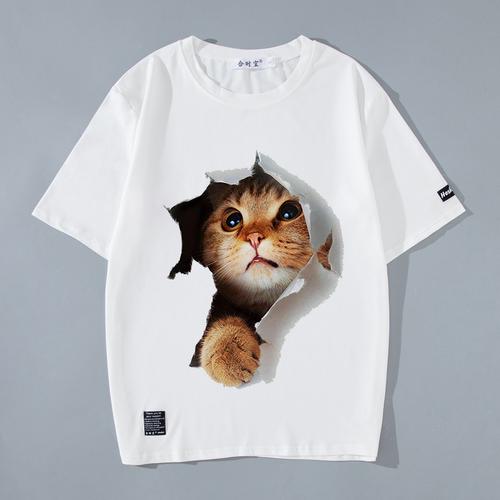To distinguish between silk mercerized cotton and fakes, you need to pay attention to the following methods and techniques:
1. Touch: Silk mercerized cotton usually has a soft and smooth texture The texture gives people a comfortable feeling when touched. Fake products usually have a rough texture and are not as comfortable to the touch as silk mercerized cotton.
2. Glossiness: Silk mercerized cotton has a unique glossiness, showing a soft and natural luster. Fake goods often cannot fully simulate the luster effect of real silk, and may appear too shiny or present an unreal luster.
3. Detailed inspection: Careful observation of the details of mercerized cotton can reveal its authenticity. The fiber structure of silk mercerized cotton is uniform and delicate, with no obvious threads or impurities. Fake products may have obvious fiber irregularities, accumulation of threads or small impurities.
4. Elasticity: Silk mercerized cotton usually has a certain degree of elasticity and can quickly return to its original state. You can gently stretch a small portion of the fabric and let go. If the fabric snaps back to its original shape, it’s probably silk mercerized cotton. The elasticity of fake goods may not be as good as real silk, and the recovery speed is slower.
5. Burning test: This is a commonly used method, but it needs to be used with caution. Take a small piece of raw mercerized cotton and light it. Silk mercerized cotton will have a smell similar to hair when burned, and the ashes will be fine black powder. Fake products may burn faster, have a distinct plastic smell, or have different residue.
It should be noted that the above methods and techniques can only be used as a reference, and it may still be difficult to identify completely similar fakes. The most reliable way is to purchase products from trustworthy brands or formal channels, and pay attention to checking factors such as product labels, packaging, and merchant reputation.






